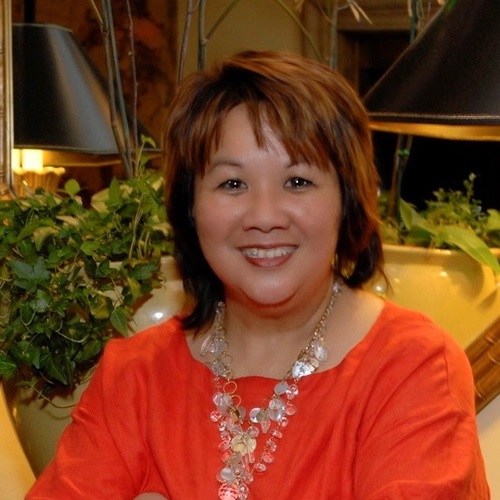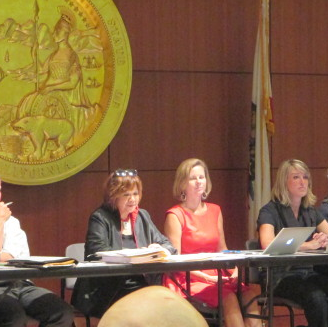The Democratic County Central Committee races changed the balance of power on that panel – but also have some clues about the direction of local politics this fall.
Joe Fitzgerald Rodriguez has some analysis here, and points out (along with a fun map of the places where Donald Trump got votes) that some of the candidates running for supe didn’t do so well in the trial round, which is what the DCCC race was.

There’s also the fact that every single person who was appointed to a seat by the current chair, Mary Jung, lost. Every member of her leadership group except for her and Tom Hsieh Jr. lost.
Her slate lost 15 of the 24 available seats. That’s a pretty serious voter rejection of the current leadership (Jung is the chief lobbyist for the Board of Realtors).
We’ve drilled a little deeper into the numbers some of the precincts, and they’re interesting. In District Nine, for example, Josh Arce, who was running both for DCCC and for supe, lost his DCCC seat (he had been appointed to an open slot by Jung). He spent close to $90,000 on the DCCC race, and won 17,170 votes citywide.
In his home district, D9, the precinct results show that he won just 17 percent of the vote, a total of 3,027 votes. The last time there was an open seat in the district, in 2008, 26,000 people voted. With a presidential race again on the ballot, it seems likely the numbers will be similar. So Arce, despite having way more money that most candidates for DCCC ever have, is off to a slow start.
In District 1, where two people who will be top contenders for the supe seat both ran for DCCC, Sandy Fewer got 5,375 votes. Philhour got 4,214. Fewer won all but a handful of precincts.
And Fewer didn’t spent much money (about $10,000); Philhour spent more than $70,000.

So you get the picture. The people who are running against the policies of the mayor and the real-estate and tech industry are doing well. The people who are supporting the current leadership of the city are doing badly, despite having much more money.



